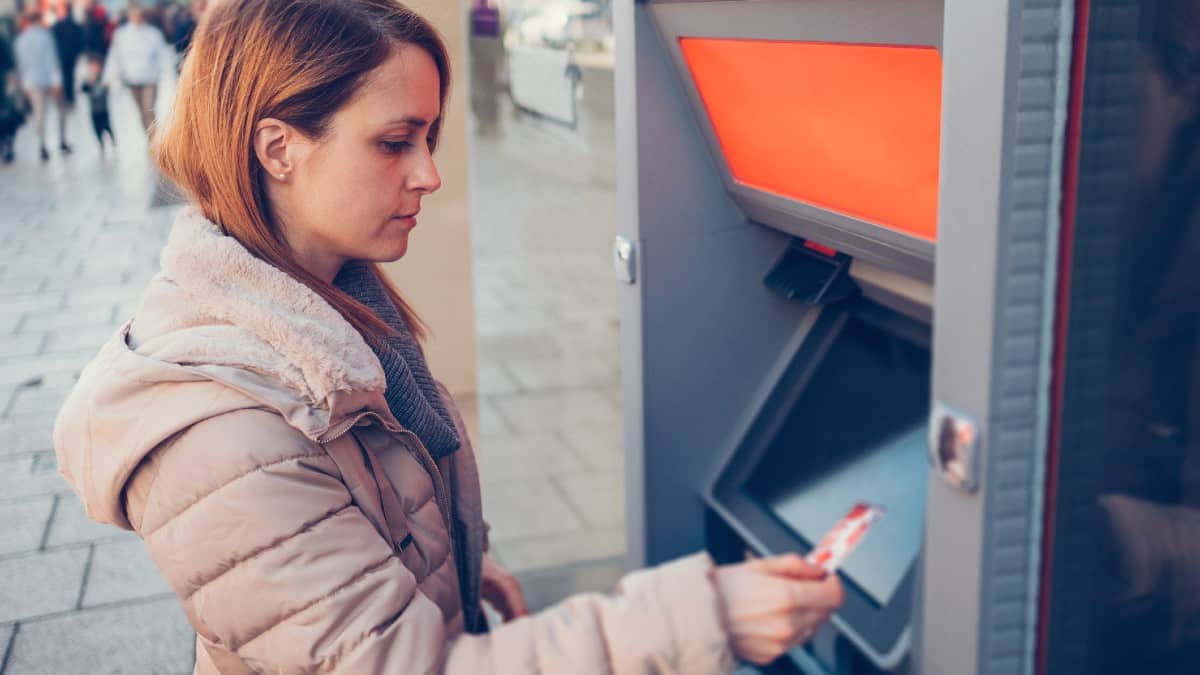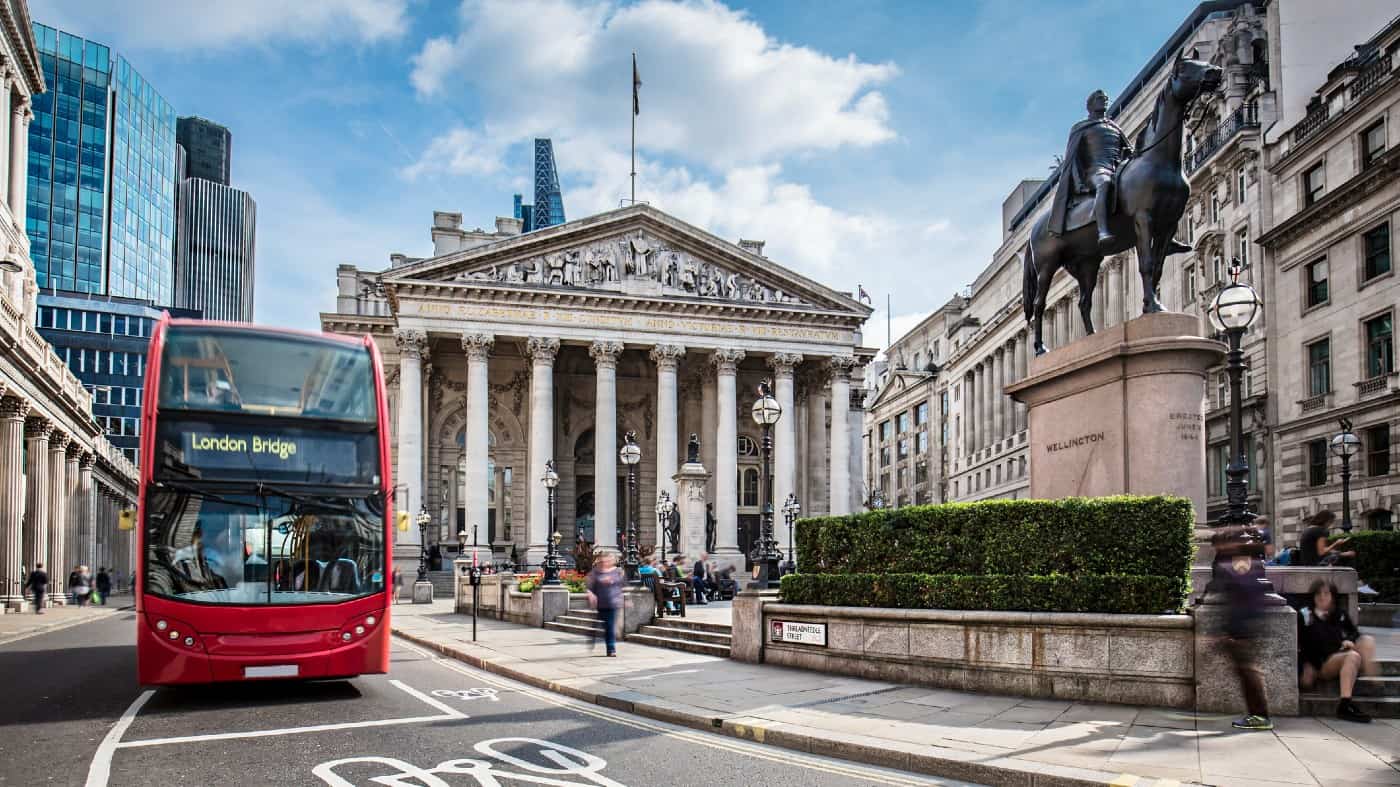HSBC’s (LSE: HSBA) share price has dropped 7% from its 8 May 12-month traded high of £7.24. This leaves it looking even more of a bargain to me than it did before.
On the key price-to-earnings ratio (P/E) stock valuation measure, HSBC currently trades at 7.2. This is bottom of its peer group, which has an average P/E of 8.4. So it is significantly underpriced on this measure.
To translate this into hard cash terms, I ran a comprehensive discounted cash flow analysis using other analysts’ figures and my own.
This shows HSBC shares are 59% undervalued right now at their present price of £6.75. Therefore, a fair value would be £16.46.
Given the unpredictability of the market, they may go lower or higher than that, of course. However, it underlines to me how much of a bargain HSBC stock is right now.
How does the core business look?
A key risk to HSBC are falls in its net interest income (NII). This is the difference between the interest income a bank earns from its lending activities and the interest it pays to depositors.
This is likely to occur as the Bank of England continues to lower interest rates, following its 0.25% cut on 1 August.
However, its ongoing strategic transformation involves investing more in fee-income-generating businesses such as its International Retail & Wealth (IRW) operation.
Its H1 2024 strategic overview showed net new invested assets in its IRW business grew from $53bn in 2020 to over $84bn now.
Over the same period, it hit a $1bn+ profit before tax in each of three additional markets to the UK and Hong Kong. These are mainland China, Singapore and India.
Overall during the half, reported revenue increased 1% over H1 2023, to $37.3bn. Meanwhile, profit before tax fell by less than 0.5% to $21.556bn.
Given these numbers, HSBC forecasts a rise in NII of around $43bn this year. This is up from the previous forecast of $41bn.
Additionally, consensus analysts’ estimates are that its return on equity will be 12.5% by the end of 2026.
The bonus of a high yield
These numbers should keep the share price well supported, in my view. But the real value of the stock to me is its high dividend yield.
In 2023, it paid a total dividend of 61 cents, fixed at a sterling equivalent of 49p. On the current share price, this yields 7.3%.
So, £10,000 invested in the shares would make £730 in first-year dividends. After 10 years on the same basis, this would rise to £7,300, of course, and over 30 years to £21,900.
However, buying more HSBC shares with the dividends paid would vastly increase these returns.
By doing this, £10,705 in dividends would be generated from the same average yield after 10 years, not £7,300. And after 30 years on the same basis, this would rise to £78,761 rather than£21,900.
With the £10,000 initial investment included, the entire holding would be generating £5,750 a year in dividend payouts!
I have to note that there is no certainty such payouts will continue at this level. They may go down or be cut if business deteriorates.
That said, analysts forecast the yield this year will increase to 9.5%.
Consequently, I will be buying more HSBC shares very soon.
Credit: Source link














